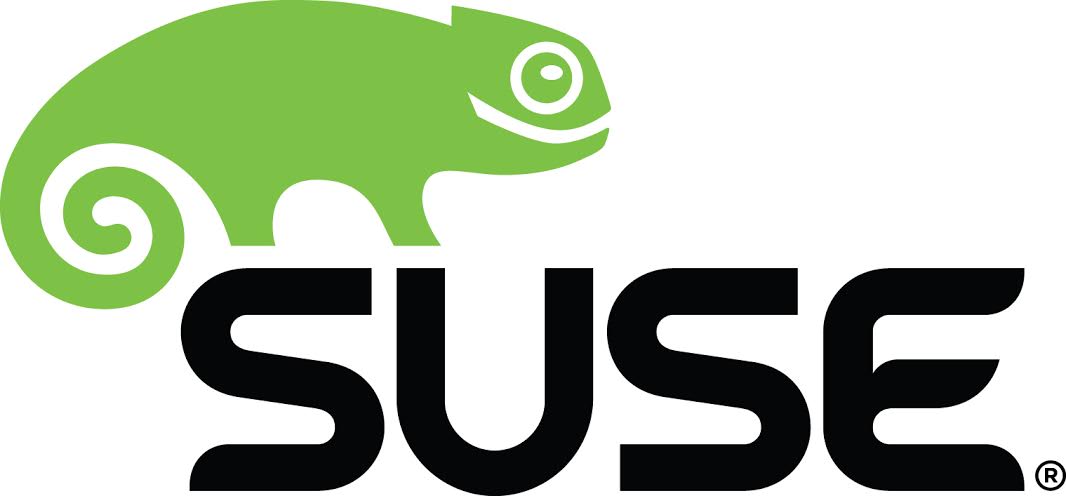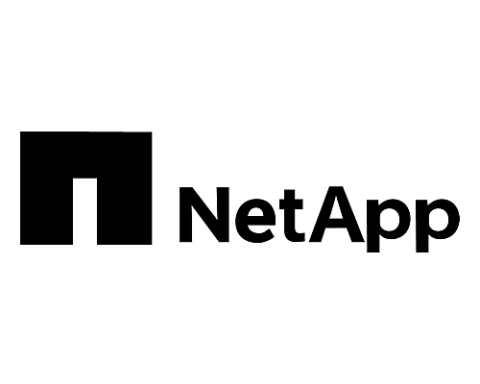Total’s supercomputer Pangea delivers 10 times the computing capacityof the system it replaced for oil and gas exploration
 As new oil and gas reserves become more elusive, companies like Total rely increasingly on high performance computing (HPC) to find opportunities in an ocean of seismic data. With SUSE Linux Enterprise Server as the operating system for its new SGI supercomputer, Total now has an optimal combination of performance, price and efficiency. The solution – called “Pangea” – delivers 10 times the computing capacity of the system it replaced, helping Total identify and exploit new reserves more effectively.
As new oil and gas reserves become more elusive, companies like Total rely increasingly on high performance computing (HPC) to find opportunities in an ocean of seismic data. With SUSE Linux Enterprise Server as the operating system for its new SGI supercomputer, Total now has an optimal combination of performance, price and efficiency. The solution – called “Pangea” – delivers 10 times the computing capacity of the system it replaced, helping Total identify and exploit new reserves more effectively.
“We clearly saw that the price-performance of SUSE Linux Enterprise Server on the SGI platform was better than the competing OS options,” said Diego Klahr, HPC engineer at Total E&P. “And from our point of view, SGI plus SUSE Linux Enterprise Server was a complete, integrated solution.”
Operating in 130 countries, Total is the fifth-largest publicly traded integrated oil and gas company. In addition to downstream activities in refining, marketing, trading and shipping of crude oil and petroleum products, Total has upstream exploration and production capabilities in more than 50 countries.
The challenge for Total Exploration & Production (Total E&P) is to continually improve its ability to locate new reserves and cost effectively bring them into production. This process depends heavily on the computer-aided analysis and visualization of huge sets of seismic data, which is gathered by generating waves of vibration and measuring how hidden geological structures reflect them. To discover and exploit smaller and less accessible reserves, Total E&P set out to improve the resolution of its visualizations, which meant significantly increasing the computing power at its disposal.
Total E&P selected SGI to build the new Pangea supercomputer based on the SGI ICE X High Performance Computing platform, including innovative M-Cell water cooling.
“Pangea is an extremely powerful solution for running numerical models in support of three-dimensional visualizations of subterranean geological formations,” Klahr said. “Using the system, we can run 10 times the number of simulations we run with our previous supercomputer, helping us to identify potential deposits and determine the best extraction methods more easily.”
The combination of SUSE Linux Enterprise Server with SGI hardware, cluster management software and deployment services has given Total E&P a supercomputer that is both powerful and highly efficient. The SUSE Linux Enterprise Server operating system provides a fast and stable platform for Total E&P’s specialized applications, and its small footprint helps to maximize performance by minimizing overhead on the Xeon processors.








